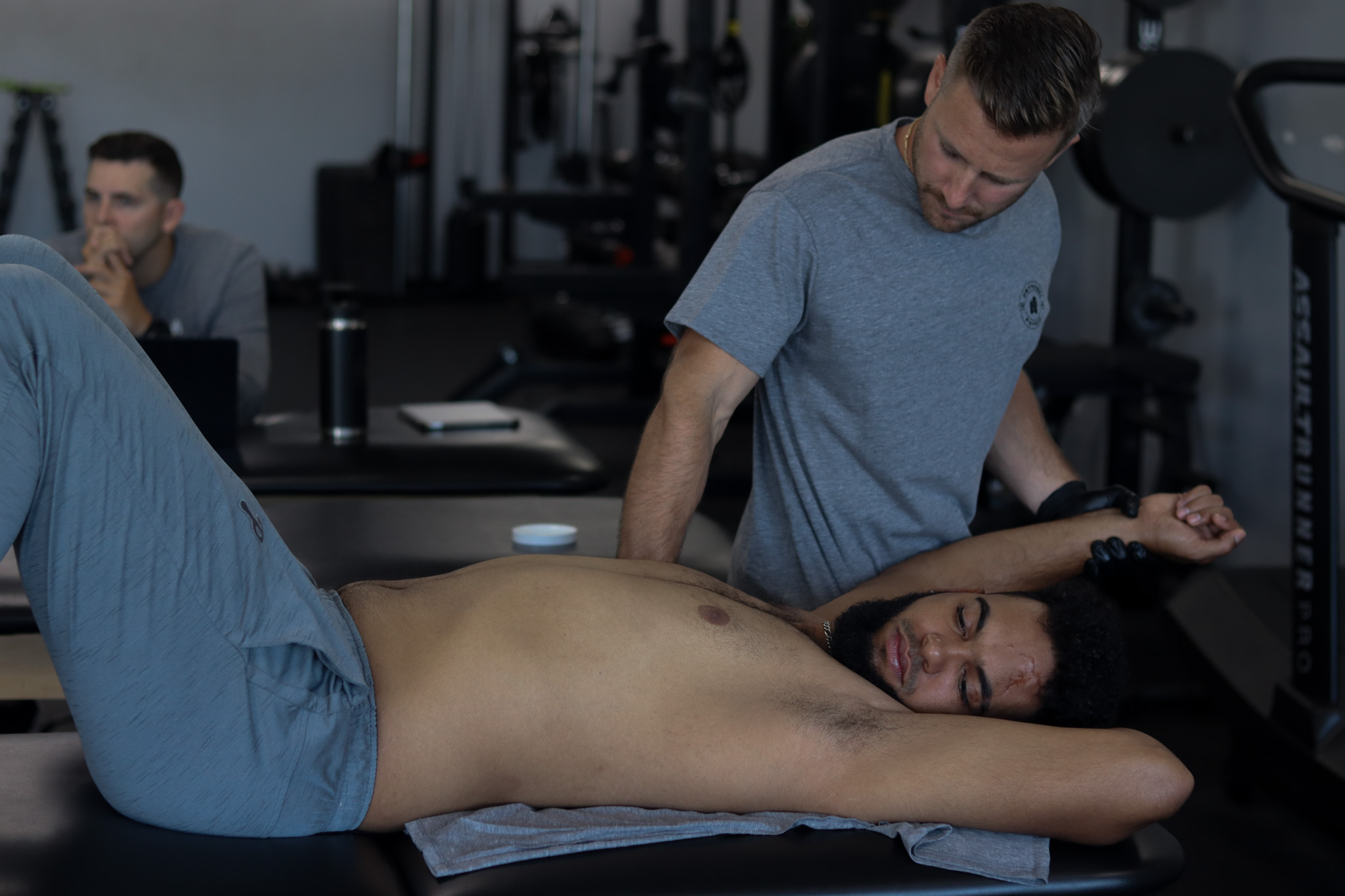One of the biggest mistakes athletes make when their season starts? They stop strength training
There’s a common fear that lifting during the season will cause fatigue, reduce performance, or even increase injury risk. We understand it may be difficult to fit everything into a busy schedule. But all research is pointing to its importance. A recent study by Andersen et al. (2024) sheds new light on this topic, showing that resistance training—even at different intensity levels—maintains and improves strength and muscle adaptations over time.
Why Players Can’t Afford to Skip Strength Training
Every player wants to throw and hit the ball harder. Yet, many make the mistake of relying solely on throwing programs to build velocity. New research confirms that without a structured strength training program, pitchers will see a decline in ball velocity—even if they follow a well-designed throwing plan.
What Did the Study Find?
A recent study by Gdovin et al. (2025) examined how limiting access to strength training during an 8-week fall season impacted collegiate pitchers. Over the course of the program:
- Twelve NCAA Division I pitchers followed a structured pitching routine without a strength program.
- Workload gradually increased from 30 to 50 max-effort throws per session.
- Peak arm velocity, arm slot angle, and elbow torque remained unchanged.
- However, ball velocity significantly declined compared to the strength program group.
What This Means for Players
This study is clear: throwing alone does not maintain or increase velocity. Without resistance training, players are missing a key component of velocity development—strength and power.
1. Strength Training Drives Throwing Velocity
Velocity isn’t just about mechanics—it’s about force production. Strength training improves lower-body power, rotational explosiveness, and overall durability, all of which contribute to a more efficient and powerful throw.
2. Throwing Alone Isn’t Enough
Despite following a structured throwing program, the pitchers in this study lost velocity because they didn’t have the strength foundation to sustain high-level performance. If you’re only throwing and not training, you’re leaving velocity on the table.
3. Off-Season Work Determines In-Season Success
Strength and conditioning should be a year-round commitment to prevent declines in performance and reduce injury risk.
Key Takeaways for Pitchers and Coaches
Pair throwing programs with structured strength training to maintain velocity.
Off-season strength work is essential—skipping it leads to velocity loss.
Ensure access to resistance training equipment to support pitching development.
Strength training isn’t optional—it’s the foundation of elite performance.
Bottom Line: Strength Training is Non-Negotiable
Players who don’t prioritize strength training during their season risk showing up to spring ball weaker and throwing slower. You can’t afford to just throw—if you want to maximize your velocity, ability and durability, you need a complete program that includes resistance training.
The best pitchers train smart, train year-round, and never stop improving.

